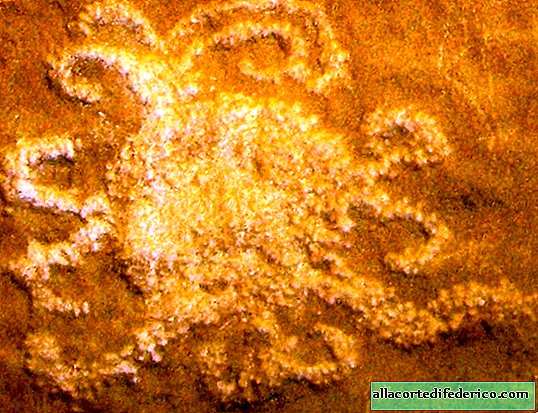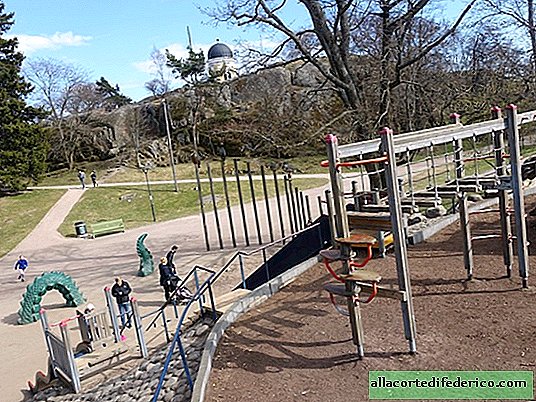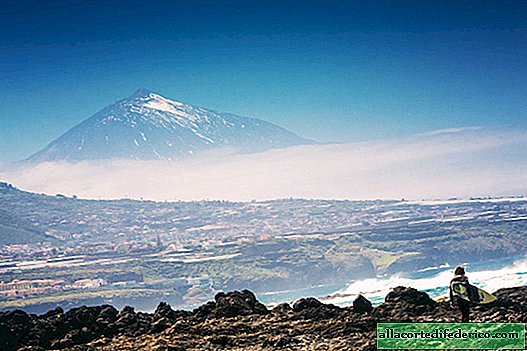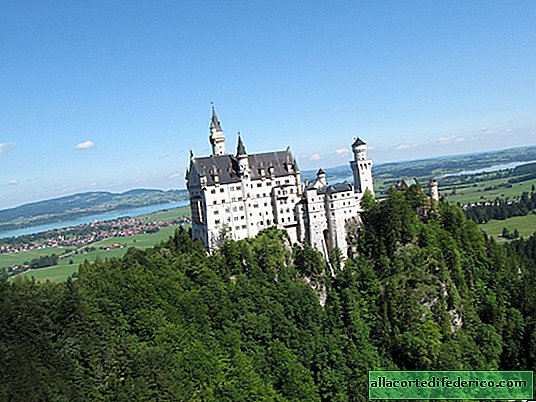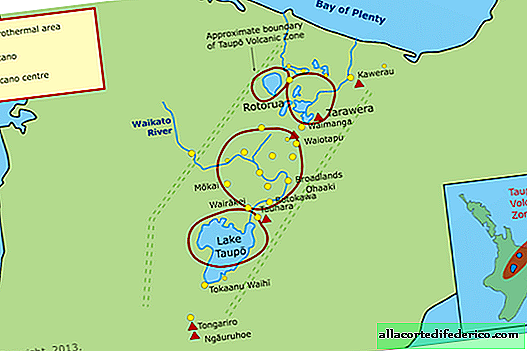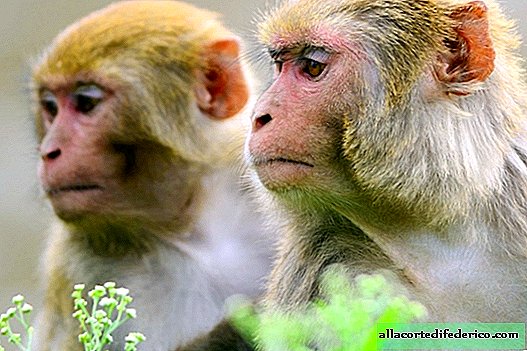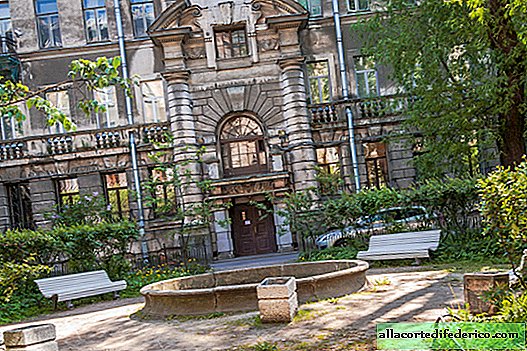Sámi: the people of Lapland, who have a national anthem and flag but no state
Lapland is associated with a fabulous country where snow lies, you can see the aurora and ride a deer. But this is also the historical name of the territory located in the North of Europe, the indigenous inhabitants of which are Laplanders or Sami. They speak a very unusual language, the Sami even have their own anthem and flag. But Lapland was never a separate state.
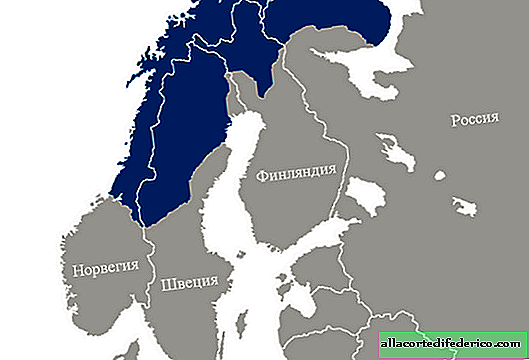 Regions of the main Sami residence
Regions of the main Sami residenceThe Sami regions are in Norway, Sweden, Finland and Russia, and the inhabitants themselves call their country “Sampi”. The largest number of Sami live in Norway, where their number, according to the latest data, is 37.7 thousand people. The number of Saami in Sweden is also quite high - about 20,000 people. But in Finland today there are only about 8,000 representatives of this indigenous small people of the north. In Russia, the Sami, or, as they are also called, Lapps live on the territory of the Kola Peninsula, but there are no more than 2000 of them. The center of Sami culture in our country is the village of Lovozero, located in the Murmansk region. In total, according to the Sami Parliament of Finland, about 75,000 Sami live in the world.

The Sami language, which is currently owned by about a third of the Sami, belongs to the Finno-Ugric branch of the Uralic language family. Today, the closest to the Sami language are Finnish, Karelian and Estonian. Interestingly, the language itself has four dialects that are so different that representatives of different ethnic groups of the Sami practically do not understand each other. For this reason, a number of researchers even identify four separate Sámi languages.

The Sami language, although it belongs to the group of Finno-Ugric languages, has one distinctive feature. About 1/3 of the vocabulary in this language is of mysterious origin. There are no analogues of this ancient part of words in any Finno-Ugric language. Moreover, not one of the currently existing languages of the world is associated with them. For this reason, linguists suggested that the Sami initially spoke the language of the most ancient peoples of Europe, and were later assimilated by representatives of the Finno-Ugric branch.

Studies by geneticists did not shed light on the mysterious origin of the Sami, but merely added new questions. It turned out that the Sami significantly differ in genotype from neighboring peoples, but they have some similarities with the peoples of Eastern Siberia, in particular with the Yakuts. Ethnographers believe that the ancestors of the Sami came to the European north from the territory of Western Europe about 11 thousand years ago, and the Sami language was divided into dialects several hundred years ago.

At the beginning of the 20th century, most Sami led a traditional lifestyle, they were engaged in deer breeding, fishing and hunting. The Sami have long been characterized by a semi-nomadic lifestyle associated with seasonal deer migrations. But in the 20th century, only a few representatives of this people managed to preserve the traditional Sami lifestyle. During active assimilation, the majority of Sami lost their language, customs and beliefs based on worship of the spirits of nature. Only a small part of the Sami continues to breed deer and engage in other traditional crafts.

But today there is an upsurge in Sámi national identity. In Norway, Sweden and Finland, in the regions where the Sámi population is most concentrated, the Sámi language has recently acquired official status. Sami conferences, meetings and festivals are held annually at which public holidays are celebrated. The Sami problem and cinema have not ignored the issue: feature films and documentaries on the culture and history of this people are published. International Sami Day is celebrated on February 6th.
 Sami flag
Sami flagThe material is copyrighted, when copying a link to an article or travelask.ru site is required

